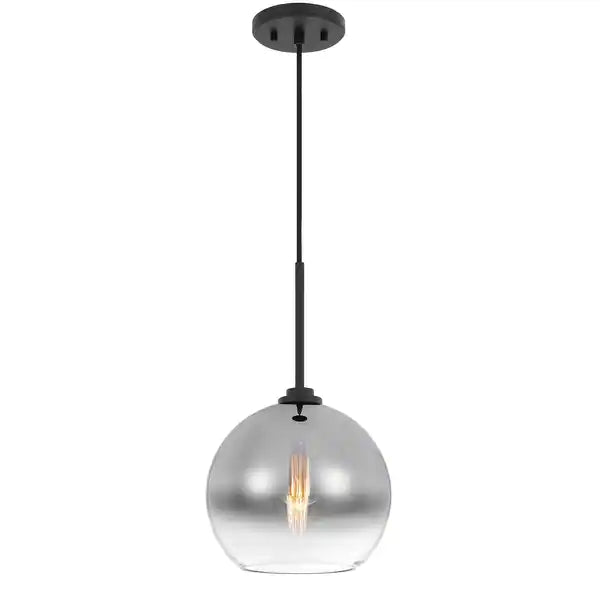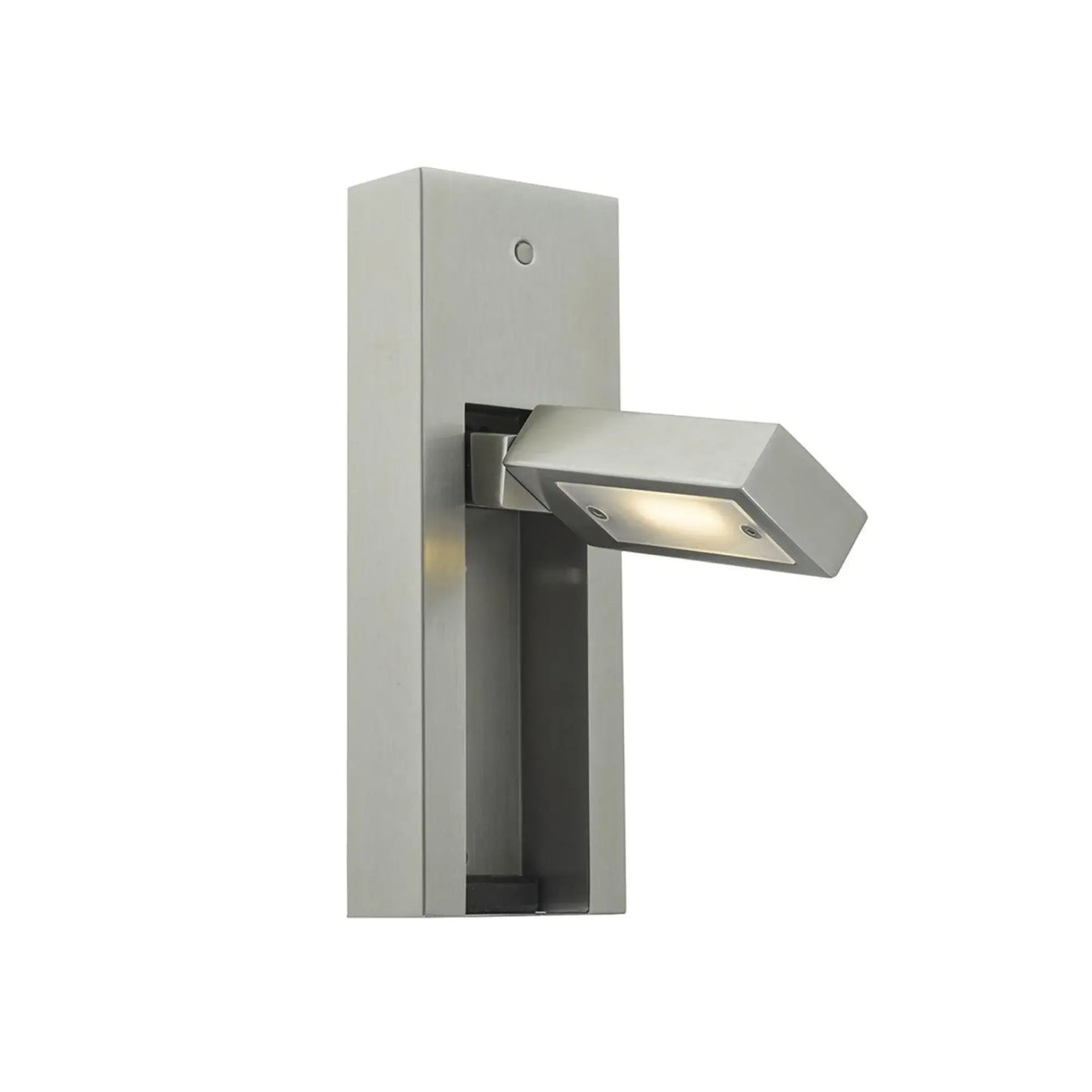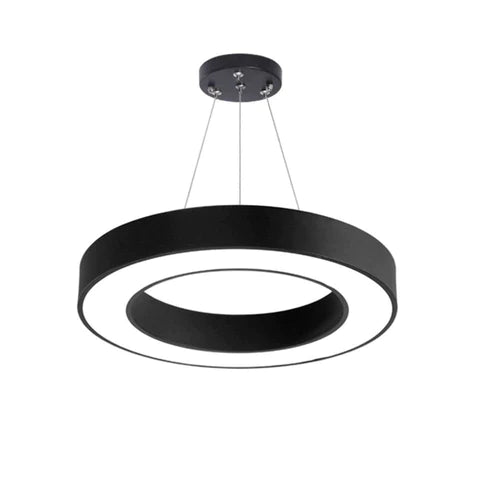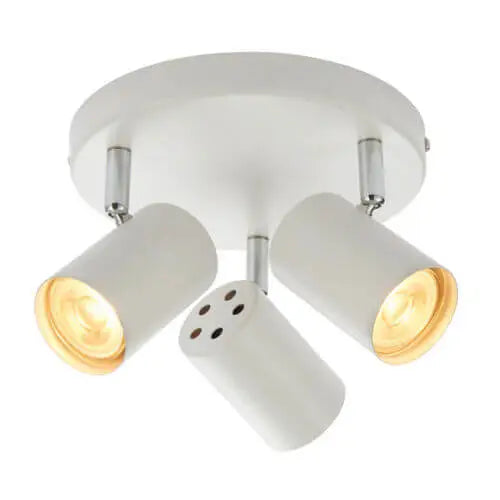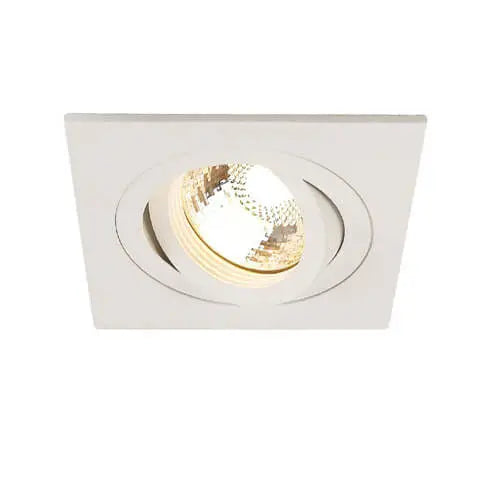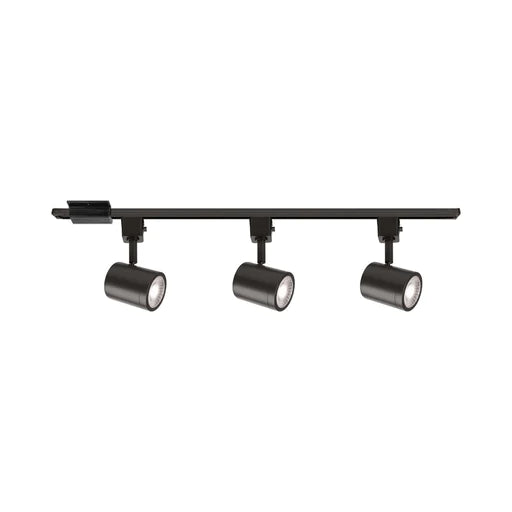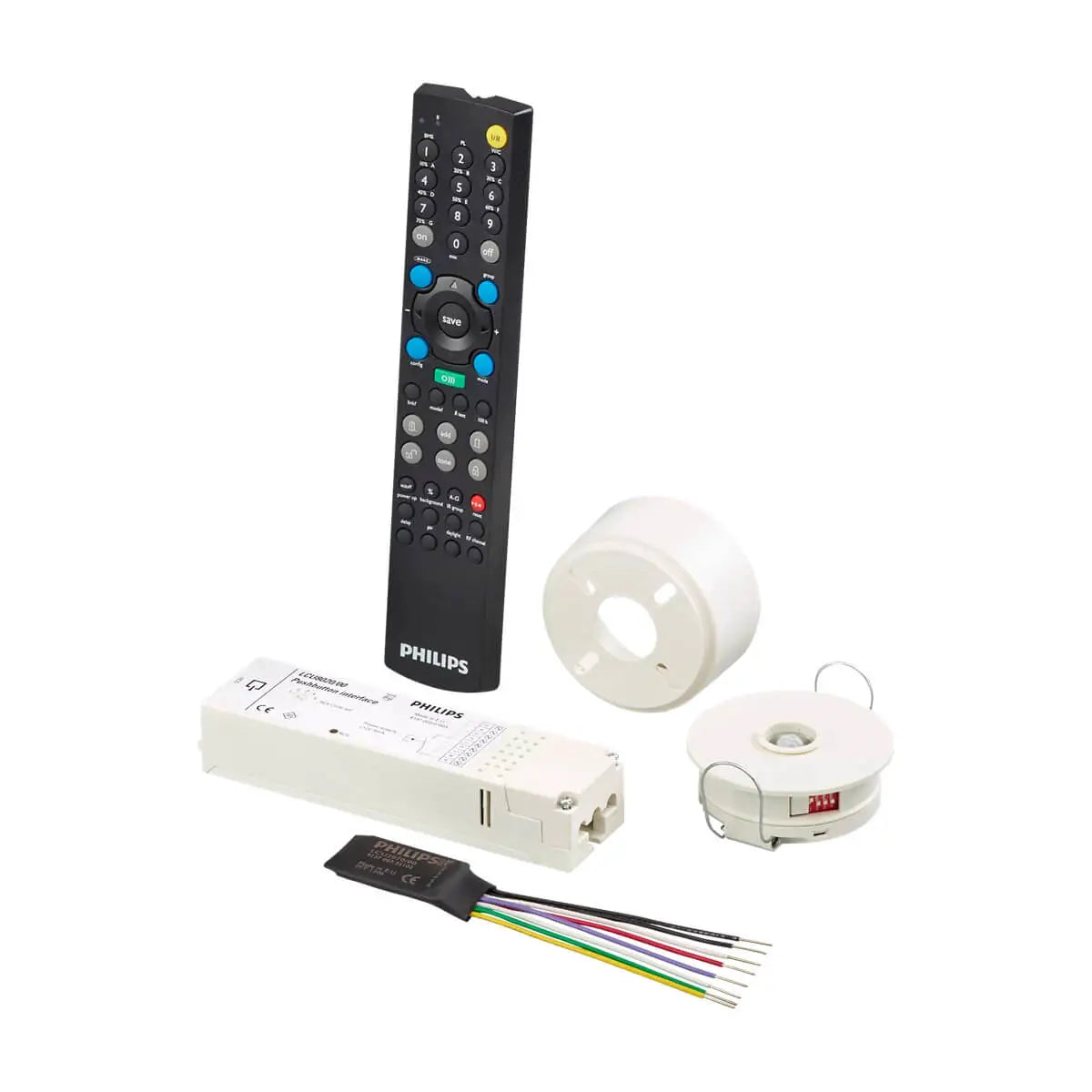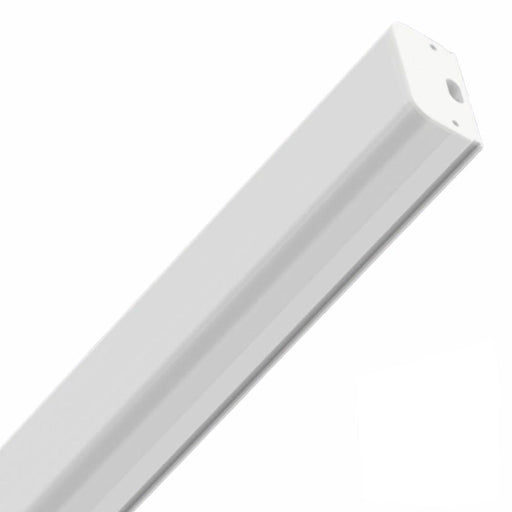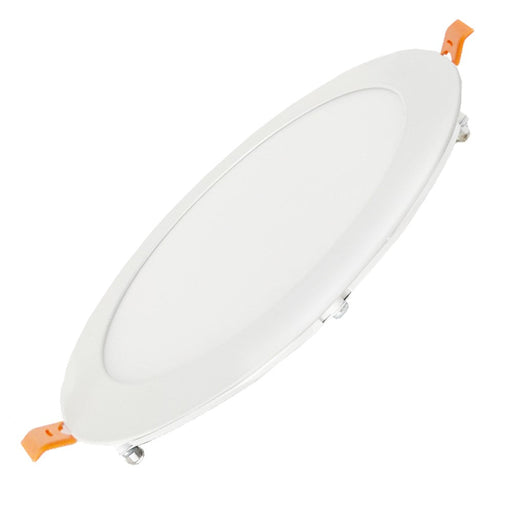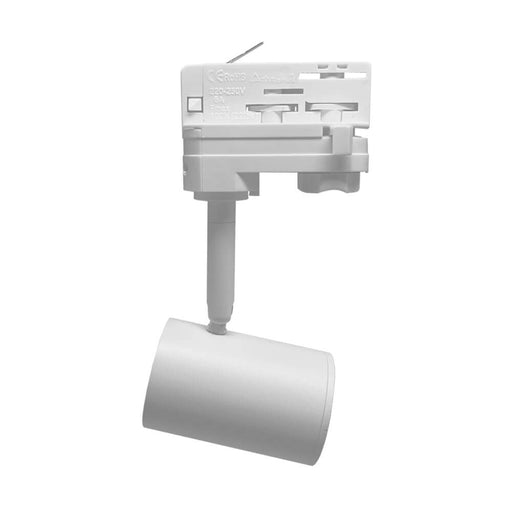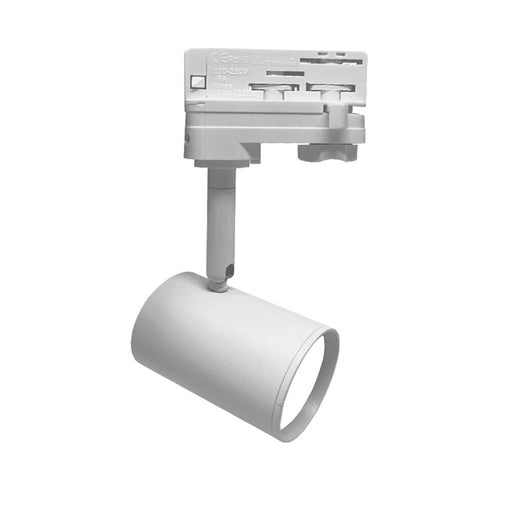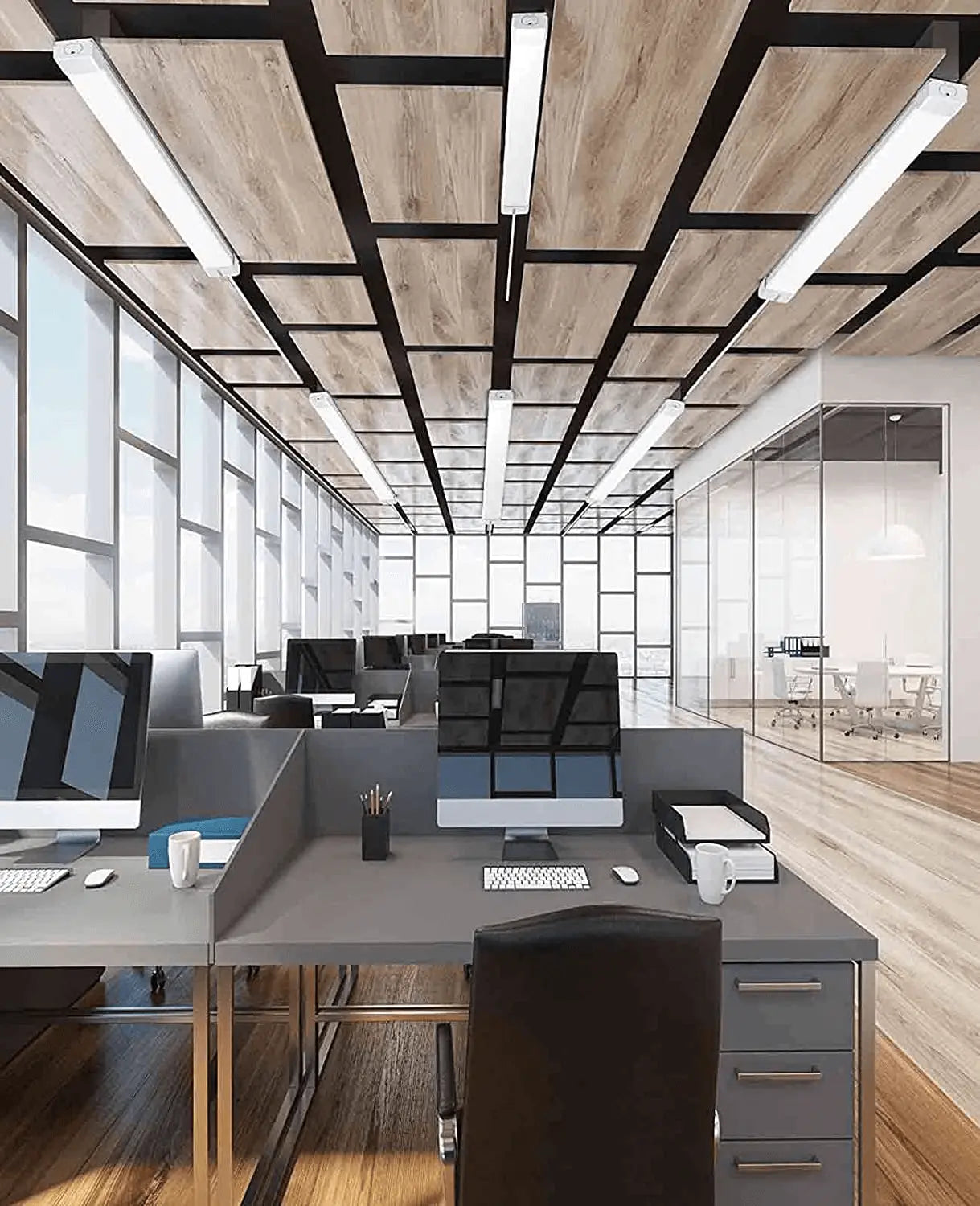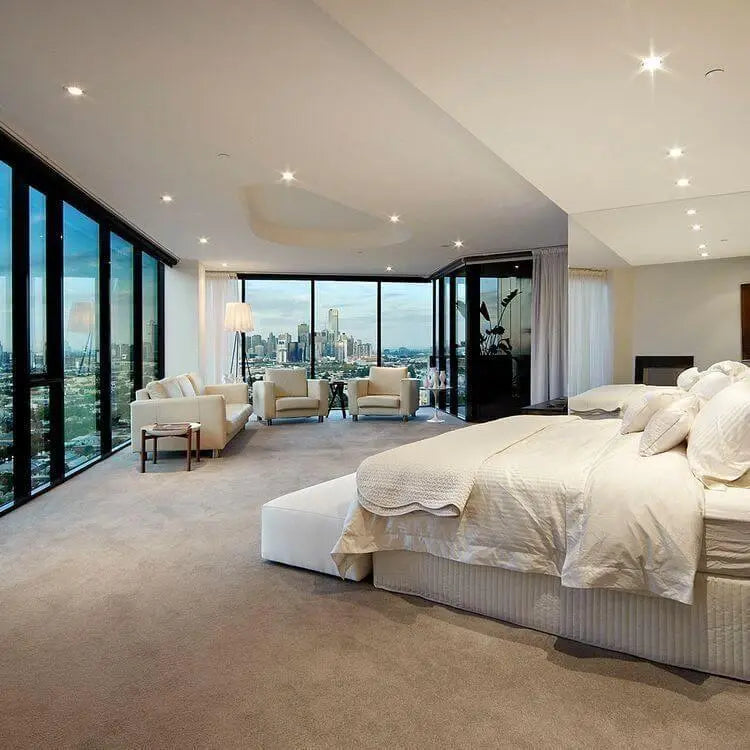Which light is best for indoors?
The best indoor lighting depends on the room’s purpose. For living rooms and bedrooms, warm LED lights (2700K–3000K) create a cozy and inviting atmosphere. For kitchens, bathrooms, and offices, neutral to cool white LEDs (3500K–5000K) provide clarity and focus. Overall, LED indoor lights are considered the best because they are energy-efficient, long-lasting, and available in multiple styles such as ceiling lights, wall fittings, and spotlights.
What is the healthiest indoor lighting?
The healthiest indoor lighting is LED lighting with a natural daylight spectrum (4000K–5000K). This range helps reduce eye strain, supports productivity, and mimics natural sunlight. Avoid overly harsh blue-toned lights, as they may disrupt sleep cycles. In bedrooms and relaxation areas, warmer tones are healthier, while in workspaces, balanced daylight LEDs are the most beneficial.
Are LED lights good for indoor use?
Yes, LED lights are excellent for indoor use. They consume up to 80% less energy compared to traditional bulbs, last much longer, and emit very little heat. With options such as recessed downlights, ceiling panels, wall sconces, and strip lighting, LEDs can be tailored to any room. They are also available in dimmable models, giving you more control over brightness and mood.
How many lumens do I need for indoor lighting?
The required lumens vary depending on the room size and function:
- Living room: 1,500–3,000 lumens total
- Bedroom: 2,000–4,000 lumens total
- Kitchen: 5,000–8,000 lumens total
- Office/Study: 3,000–6,000 lumens total
For best results, use a mix of ambient ceiling lights, task lights, and accent lights to distribute brightness evenly across the room.
What color temperature is best for indoor lights?
For most homes, 2700K–3000K warm white is ideal in living rooms and bedrooms for comfort. 3500K–4100K neutral white works well in kitchens and bathrooms, offering clarity without harshness. 5000K daylight LEDs are recommended for offices, studies, and workshops, where concentration and detail are important. The right color temperature ensures your indoor space feels both functional and comfortable.

